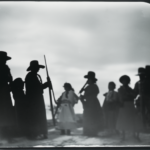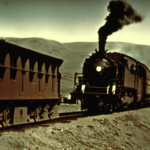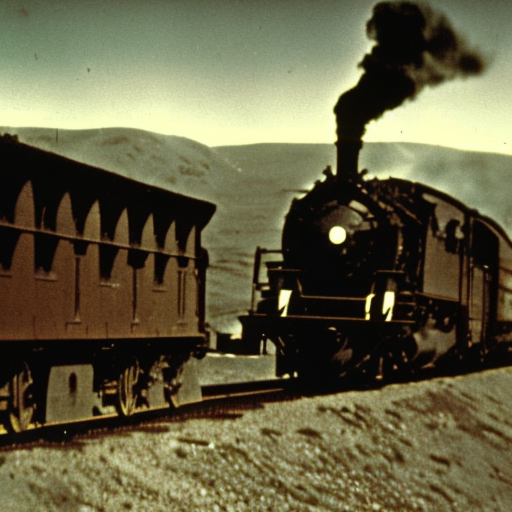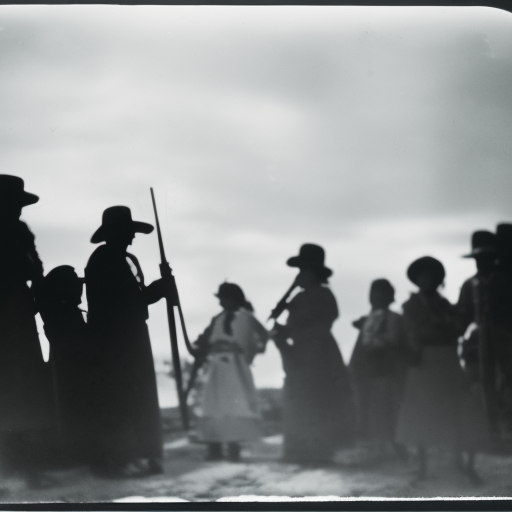Summary: The Transcontinental Railroad Completion (1869)
The completion of the Transcontinental Railroad in 1869 marked a significant milestone in American history. This monumental project connected the eastern and western coasts of the United States, revolutionizing transportation and communication across the continent. The construction of the railroad was a massive undertaking that required immense resources, labor, and engineering expertise. It brought together two competing railroad companies, the Central Pacific and the Union Pacific, which worked tirelessly to overcome numerous challenges and complete the ambitious project.
The Central Pacific Railroad
The Central Pacific Railroad, based in Sacramento, California, was responsible for constructing the western portion of the Transcontinental Railroad. Led by Theodore Judah and later Leland Stanford, the Central Pacific faced the daunting task of building a railroad through the treacherous Sierra Nevada mountains. The company employed thousands of Chinese immigrant workers, who endured harsh conditions and dangerous work to lay tracks and blast tunnels through the rugged terrain. Despite the challenges, the Central Pacific made steady progress, and by 1868, they had reached the eastern slope of the Sierra Nevada.
The Union Pacific Railroad
The Union Pacific Railroad, headquartered in Omaha, Nebraska, was tasked with building the eastern portion of the Transcontinental Railroad. Led by Grenville Dodge and later Thomas Durant, the Union Pacific faced its own set of challenges, including hostile Native American tribes, harsh weather conditions, and the vast expanse of the Great Plains. The company employed thousands of Irish and Civil War veterans, who worked diligently to lay tracks and construct bridges across the challenging landscape. By 1868, the Union Pacific had reached the western slope of the Rocky Mountains.
The Golden Spike
On May 10, 1869, the Central Pacific and Union Pacific Railroads met at Promontory Summit, Utah, where the final spike was driven into the ground, symbolizing the completion of the Transcontinental Railroad. This spike, known as the Golden Spike, was made of solid gold and connected the tracks of the two railroad companies. The event was celebrated with great enthusiasm, as telegraph messages announcing the completion were sent across the country, marking a new era of connectivity and progress.
Impact and Legacy
The completion of the Transcontinental Railroad had a profound impact on the United States. It revolutionized transportation, reducing travel time from coast to coast from months to just days. The railroad facilitated the movement of people, goods, and ideas, opening up new opportunities for settlement, trade, and economic growth. It also played a crucial role in the development of the American West, as it provided a means for settlers to reach previously inaccessible areas.
The Transcontinental Railroad had significant economic implications, as it facilitated the expansion of industries such as agriculture, mining, and manufacturing. It allowed for the efficient transportation of resources and products, boosting trade and creating new markets. The railroad also spurred urbanization, as towns and cities sprang up along its route, attracting settlers and entrepreneurs.
Furthermore, the completion of the Transcontinental Railroad had a profound social and cultural impact. It brought people from different regions of the country closer together, fostering a sense of national unity and identity. It also facilitated the exchange of ideas and cultural influences, as people and goods traveled across the continent. The railroad played a crucial role in shaping the modern American identity and contributed to the nation’s rapid growth and development.
In conclusion, the completion of the Transcontinental Railroad in 1869 was a monumental achievement that transformed the United States. It connected the eastern and western coasts, revolutionized transportation and communication, and spurred economic growth and development. The railroad’s impact on American society, economy, and culture cannot be overstated, as it played a pivotal role in shaping the nation’s history and identity.












